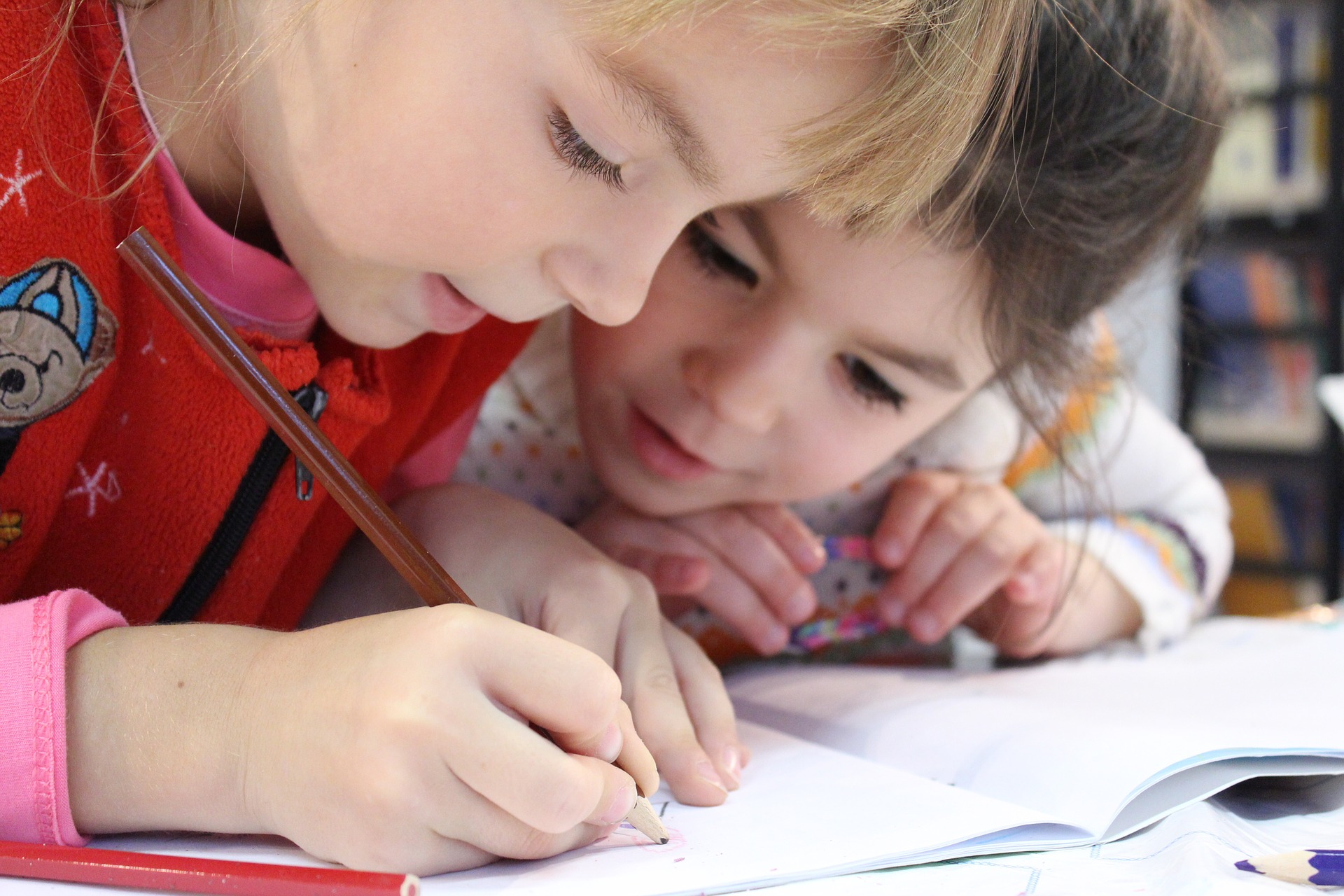Mindfulness for Students
Written by Kim DeMoss
Mindfulness, simply put, means paying attention on purpose. In our fast-paced society this can be quite counter cultural, and we can end up with a mind literally full of ideas and thoughts and no space to process them. For students, the pressure to perform well academically, the focus on achievement standards, plus having constant access to technology can create a whole new level of stress and anxiety. This is why mindfulness for students is needed now more than ever, but what exactly does that mean?

Mindfulness for students is a technique that has the ability to change performance outcomes and affect social and emotional regulation skills. Neuroscientists are sharing more and more information about the brain’s ability to create new neural pathways through behaviors. In a recent study, researchers share that training can influence specific brain networks and brain states and that our constant need to switch between tasks and to deal with the interruptions inherent in multitasking could modify certain brain circuits.[1] Our brains aren’t made for complex multi-tasking. When we constantly switch back and forth between activities and thought processes, we are burning extra energy which can lead to a lack of focus with the things we are trying to accomplish. Dividing our attention into pieces is like trying to put together a puzzle with all the pieces scattered throughout the house. It will take longer to find that one piece you know you saw in the dining room and connect it back to the main part of the puzzle in the living room. The habit of multi-tasking can have significant implications for how young people use their creativity, learn a new skill, and understand the world.

Uncovering a little more information about brain science will give us insight into why mindfulness can be an important tool for success for students. In an adult, the area of the brain responsible for executive functioning is developed more significantly than for a student. This allows adults to more easily perform multi-tasking behaviors. As children continue to develop, the region of the brain that controls executive function (controlling emotions, planning, problem solving, creative thinking, etc.) is still growing gradually throughout the school years.

Providing tools, like mindfulness and meditation practices, we can help them learn to regulate these functions and provide an environment for students to thrive. By allowing students time to process and sit with their thoughts, ideas and emotions, we can give them the opportunity to change the way they think and prepare their minds for the new activity or lesson. Research suggests that one of the primary advances in studies of meditation and mindfulness-based interventions has been the ability to improve performance and alter brain mechanisms.[2] If we can provide the opportunity to teach mindfulness to students, we can help them to develop the coping skills to react in a positive, healthy way to obstacles and change throughout their lifetime.[3]
Here’s how:
Mindfulness doesn’t mean that we just shut out and turn off the mind. It’s simply a practice of being present. To understand this further, let’s do an activity together. Close your eyes, take 5 deep breaths and just focus on your sense of hearing. Without labeling the sounds, just listen to the noises that surround you. Go ahead, take a moment and try it! There you go, you just practiced being mindful! The key is to keep it simple and not overthink how to practice being mindful. For students, it means allowing them that little extra moment to let their gaze drift outside, spend another minute coloring a picture, or enjoying their morning snack with a bit more time.
Here are a few tips to teach mindfulness to students:
1) Keep it simple – Mindfulness is simply paying attention on purpose.
2) Take your time – Slow down your normal pace, take a few deep breaths between activities and soak up the little details, it’ll be good for everyone!
3) Mindfulness isn’t linear – The journey will look different for everyone, even in the same class or home.
4) Stay present – Try not to dwell on what happened yesterday or your to-do list for tomorrow. The time will always come, it’s what you do with it that matters.
There are a multitude of ways to teach students mindfulness and we hope that the lessons with Project Mindful Movement™ can give you the tools you need to help your students thrive.
Resources
[1]Rothbart M, Posner M. The Developing Brain in a Multitasking World. Dev Rev., 2015 March 1; 35: 42–63.
[2]Tang et al. Improving Executive Function and its Neurobiological Mechanisms through a Mindfulness-Based Intervention: Advances within the Field of Developmental Neuroscience. Child Dev Perspect. 2012 December; 6(4): 361–366.
[3]Fenwick-Smith et al. Systematic review of resilience-enhancing, universal, primary school-based mental health promotion programs. BMC Psychology, 2018
BECOME MINDFUL WITH US
Sign up for a free lesson plan and a monthly newsletter in which we share ways to incorporate simple mindfulness hacks and tools into your daily lives!



